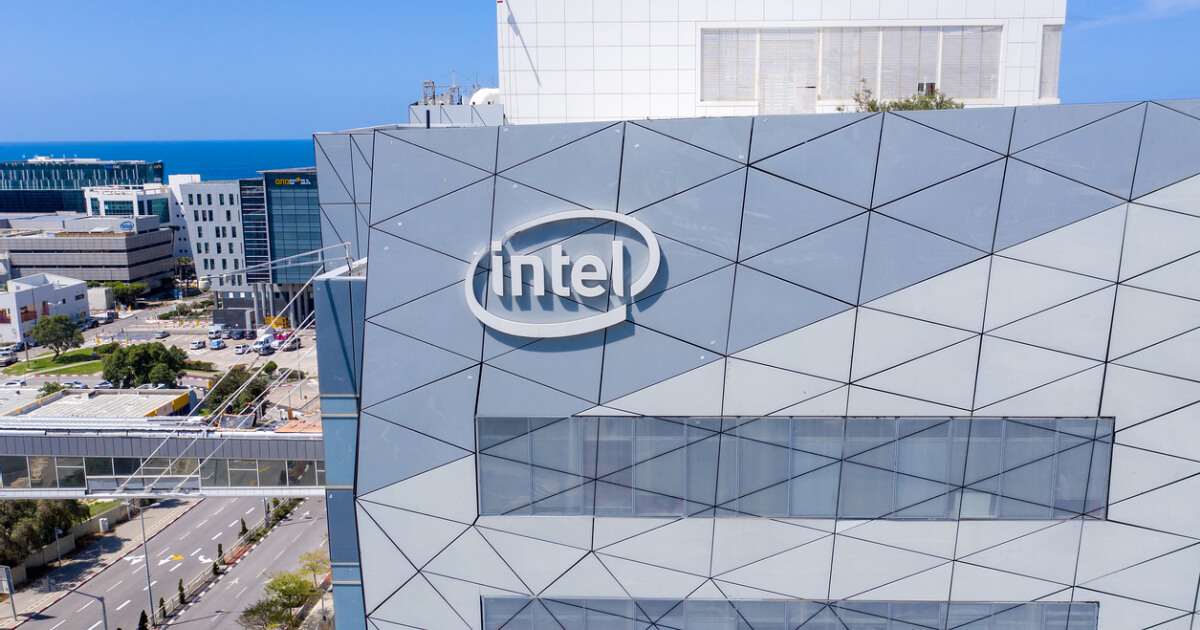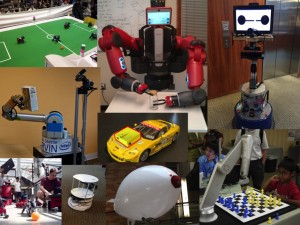The person or unit (HR?) at Intel should take responsibility for this. I also believe the HR department needs to re-examine itself. Although Pat was the one who approved the massive hiring, it was the HR unit that actually implemented it. Moreover, when Intel carried out layoffs, quite a few competent employees took voluntary packages. I don’t understand how HR could have done such a poor job in this situation.

 www.afr.com
www.afr.com

ANU boss ‘should repay $1.1m salary’ while double-dipping with Intel
Opposition education spokeswoman Sarah Henderson says questions need to be answered over how a vice chancellor could hold a second job with a foreign company.


